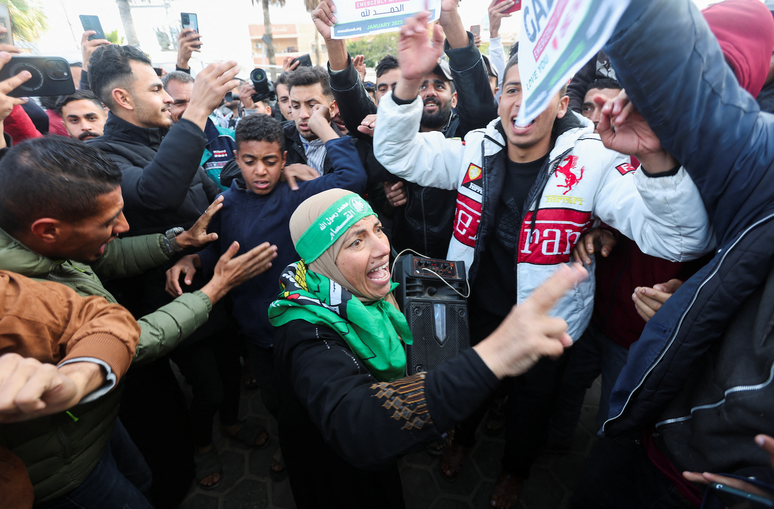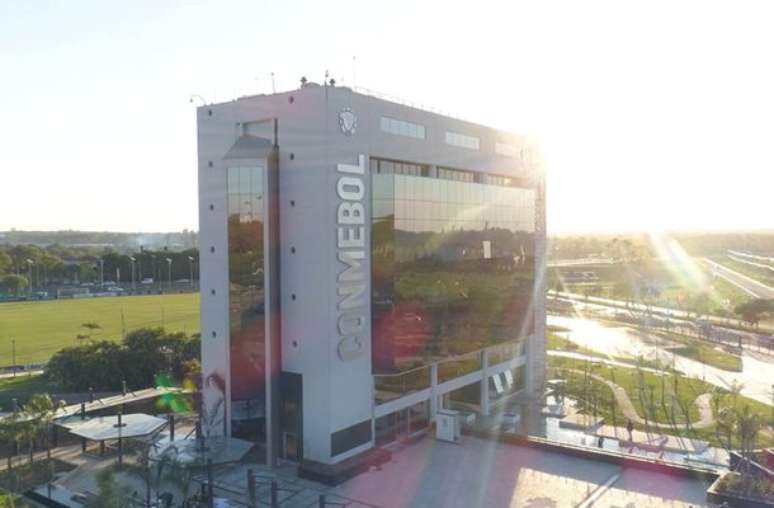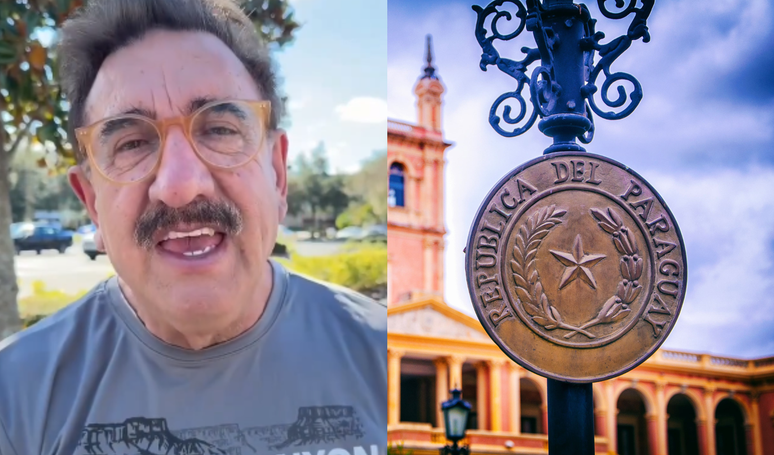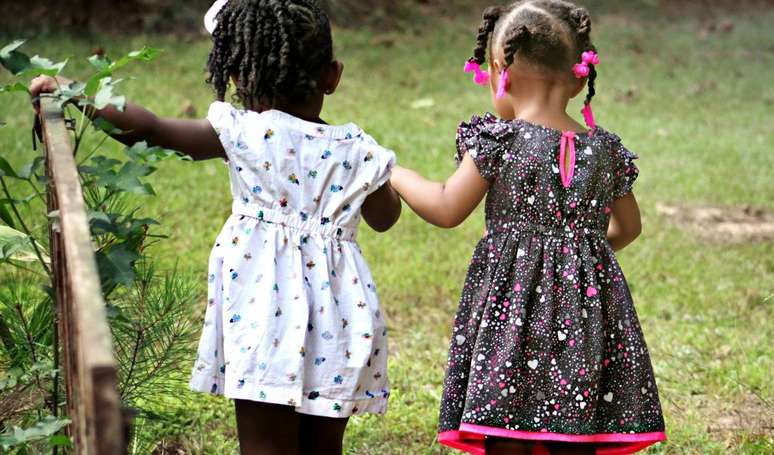The ceasefire was due to begin at 8.30am on Sunday (local time), but Israel delayed the start with less than an hour to go after Hamas failed to hand over the list of hostages in time. Hamas said this was “for technical reasons on the ground”
The ceasefire in Gaza came into effect this Sunday (19/1), at 11:15 local time (6:15 Brasilia time), after a delay.
This was confirmed by the office of Israeli Prime Minister Benjamin Netanyahu, after sharing the list of 33 Israeli hostages who will be released by Hamas as part of the first phase of the ceasefire agreement.
The list, published by the official Israeli account X, includes the youngest and oldest hostages taken by Hamas on October 7, according to a list published by Israel.
The ceasefire was due to begin at 8.30am on Sunday (local time), but Israel delayed the start with less than an hour to go after Hamas failed to hand over the list of hostages in time. Hamas said this was “for technical reasons on the ground.”
Until the ceasefire came into force, Israel continued to launch attacks in Gaza and, according to the Hamas-run civil protection agency, 13 deaths have occurred since the truce was supposed to begin.
Hamas attacked Israel on October 7, 2023, killing around 1,200 people and taking 251 back hostage in Gaza. The attack triggered a massive Israeli offensive on Gaza, during which more than 46,800 Palestinians were killed, according to the Hamas-run Health Ministry.
What does the ceasefire agreement include?
The deal, brokered by the United States and Qatar, is divided into three phases, with distinct and staggered objectives.
In the first phase, which came into force this Sunday and will last six weeks, 33 hostages, including women, children and the elderly, will be released in exchange for Palestinian prisoners held in Israel.
At the same time, Israeli forces must retreat eastward, away from the more densely populated areas of Gaza. This move will allow displaced Palestinians to begin returning to their homes, temporarily halting direct conflict in urban areas.
Furthermore, hundreds of humanitarian aid trucks are expected to enter Palestinian territory daily, easing the grave humanitarian crisis in the region.
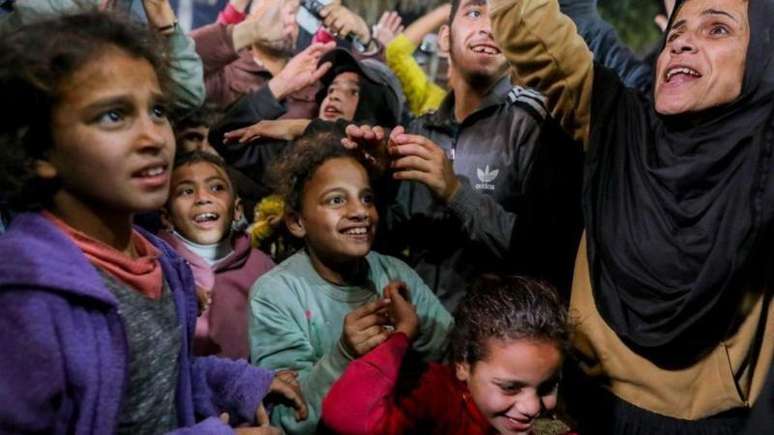
The second phase of the agreement will be marked by new negotiations for the release of the other hostages. This period will also include the complete withdrawal of Israeli troops from Gaza and efforts to achieve a “sustainable calm”.
The expectation is that this phase will lay the foundations for a more lasting agreement, avoiding the immediate resumption of armed conflict.
Finally, the third and final phase will focus on the return of the remains of the hostages who did not survive captivity.
Furthermore, the reconstruction of Gaza will begin, including the restoration of essential infrastructure and assistance to families affected by the destruction.
This process, however, could take years, given the extent of damage caused by the conflict.
This text is being updated.
Source: Terra
Rose James is a Gossipify movie and series reviewer known for her in-depth analysis and unique perspective on the latest releases. With a background in film studies, she provides engaging and informative reviews, and keeps readers up to date with industry trends and emerging talents.

